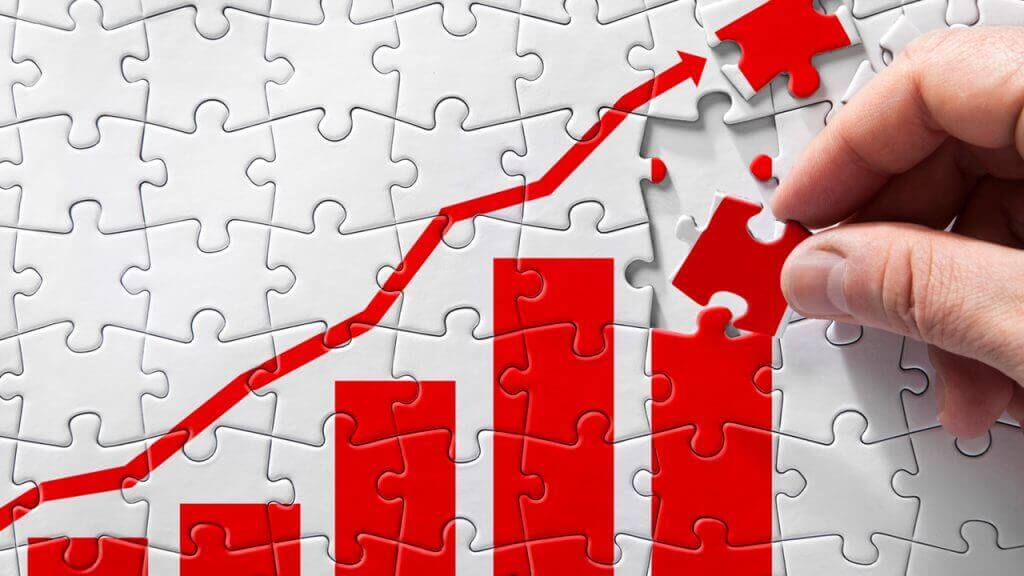
At Revenue Management, we can predict demand through forecasting, which will simplify the task of making strategic decisions to optimise inventory and pricing, with the aim of maximising revenue and therefore GOPPAR (gross operating profit per available room).
NB: This is an article from Beonprice
A good forecast, broken down by market segment, will make it easier to identify the most profitable travellers, so that we can take specific measures aimed at providing the best possible customer experience, and thus gain the loyalty of the most interesting target group for accommodation. By focusing on demand forecasting, we can establish price customisation strategies, working from a Customer-Centric Revenue Management point of view.
The forecasting process
The development of an adequate forecast requires the implementation of a well-structured method that is rich in information on which to make decisions. Traditionally this process has been carried out manually. Currently, there are technological tools such as Beonprice that help both the capture, generation, calculation and implementation of conclusions about our Forecast.
- Knocking the historical data: Having the data about what happened in the past will help us to understand the market’s movements. Traditionally this data has been the cornerstone of any Forecast process, although at present this is becoming more complicated, as decision-making processes can be enriched with new sources through which we can interpret the market.
- Identify patterns: Having patterns on more complex market situations, will allow us to make an estimate of which associated problems may arise and estimate what approximate percentage the accommodation should assume. This type of eventuality is more pronounced when the distribution is more decentralized from our own booking channels, and that is where we will have to control these specifications on the booking more.
- Analyse demand behaviour: The identification and development of strategies on the main market segments will make it easier to work on the needs of each one of them with totally differentiated policies and products. This type of approach will help to be more precise and consistent with the peculiarities and perceptions of the different types of travellers in the accommodation.
- Compare OTB and STLY: Once we have identified and analysed the historical and current data on the behaviour of our demand, and the performance indicators of our establishment, we must compare the current trends with those of the previous year. In this way we can identify variations in the trend and look for the causes, so that we can make decisions about how to deal with those variations.
- Adjusting forecasts: depending on the competition, the company’s objectives and the analysis of the environment, we must use the previous data to calculate the demand forecast and adjust our strategies to guide them towards better results.
Forecasting in times of crisiss
The new circumstances imposed by the COVID-19 have meant a drastic change in the behaviour of hotel demand. This “new normality” demands even more from the sector the need to make decisions with agility and based on data. The good news is that the data still exists and much value can be extracted from it..
The amount of information being collected in the hotel sector today is greater than ever before and also more complex. In the current situation, the analysis of historical data and past trends becomes less relevant. The usual comparison between OTB and STLY is meaningless, as these are times when macroeconomic situations are not comparable: what happened in the previous year does not serve as a reference for predicting current trends. We must be able to give more weight to other types of data that will enable us to predict demand more accurately.
The main concern of hotel companies, which use or are thinking of investing in technological tools for Revenue Management, is the capacity of Artificial Intelligence systems to respond to extraordinary circumstances that had not been contemplated before. However, good algorithms are capable of detecting an anomalous situation and redirecting its behaviour, they have multiple data sources that allow them to take into account much more information and not just historical data.
Technology for better forecasting
We use Artificial Intelligence technologies, capable of detecting changes in demand behaviour and automatically establishing corrections in demand trends. As we say, historical data is no longer so relevant due to the COVID-19, although it continues to serve as a support. Now, the HQI (Hotel Quality Index), pick-up behaviour and competitors’ strategies have a greater influence on the calculation of price elasticity, forecasting and sales strategy recommendations.
These calculations can even be improved by allowing the Revenue Manager to review on our platform your competitor configurations, inventory, price limits, tariffs, events, business rules, alerts, etc… task that we recommend to be done continuously. However, as a new feature of our constantly evolving platform, from now on we will allow the hotelier to influence proactively: on the one hand, in the estimation of demand of the destination through the configuration of the new type of economic events, and on the other hand, in the calculation of the forecast by giving the possibility of overwriting the predictions.
With the aim of continuing to optimise the profitability of our clients, we have already launched a new R&D initiative to improve the algorithm for estimating the demand for destinations. Because this demand is now so anomalous we are including information that allows us to anticipate such as data on flights, travel and accommodation searches, destination pick-ups and third party benchmarks, among others.



